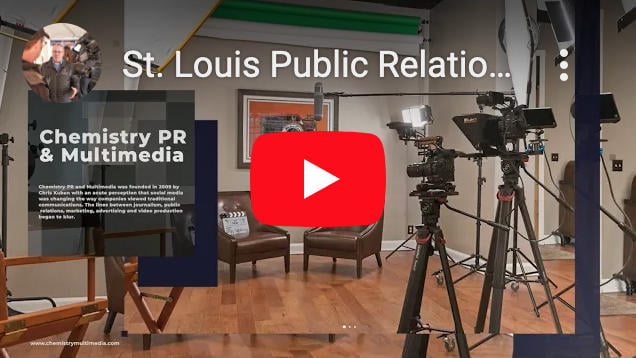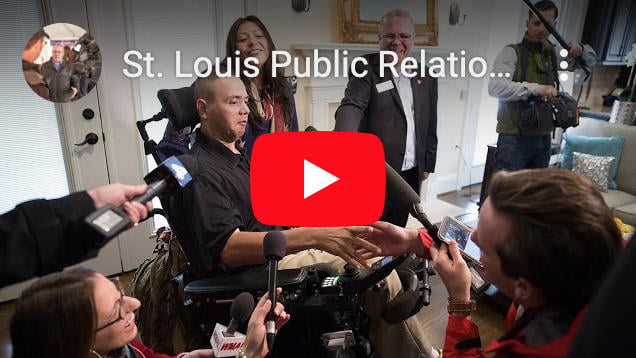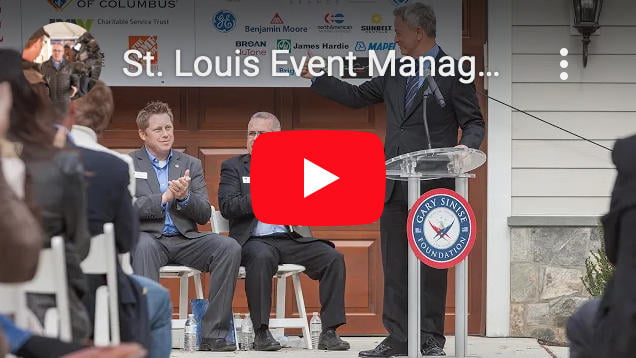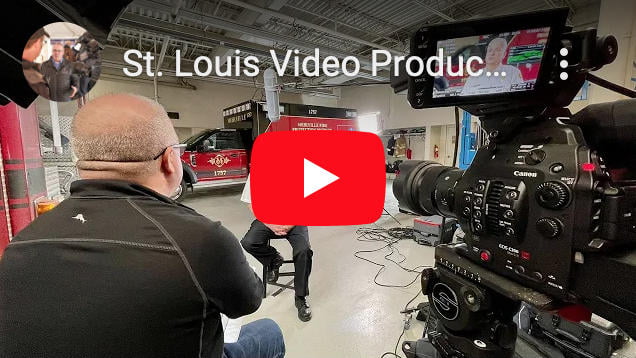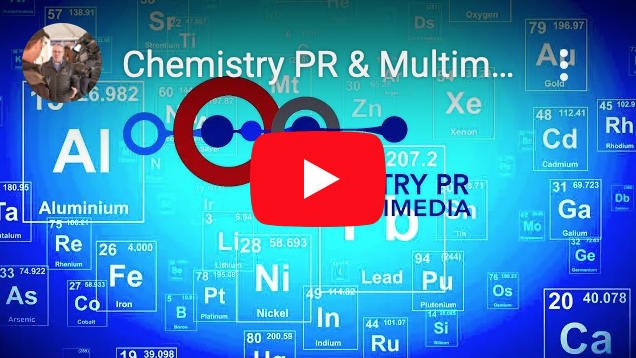Three Media Training Mistakes to Avoid…
Media training is invaluable to any spokesperson, on any issue, in any setting. That is, as long as it’s done right.
Done incorrectly, it can damage the ability of your representative to communicate effectively and could harm the organization.
Here are three common mistakes:
Mistake 1: Too many messages.
This is confusing for the inexperienced trainee and, ultimately, the reporter. For the interviewee, when asked a question, he or she must decide which points to make or which direction to go with the answer. For the reporter, the story often gets muddled as the interviewee goes back and forth between the various messages.
Solution: Prepare one message—your “home base.”
This makes it so much easier for a spokesperson to have a specific direction for an interview. For example, imagine that a United Way spokesperson has been prepared with three messages:
- We give money to 200 agencies.
- We use the money locally.
- From each dollar, 91 cents is used directly for services.
It’d be better to prepare the spokesperson with one, simple “home base” message: “The United Way helps people.” Those other three messages can now be used in any way to support that main message.
The spokesperson might say, “Our goal is to help people. We do that by giving money to 200 agencies that then help thousands of people. It also helps people because all the money stays here, so there is a big impact on our local area. And we help people efficiently because 91 cents of every dollar is used for services.” The sub-messages all relate to the “home base” message.
Mistake 2: The question doesn’t matter. Ignore it. Just bridge to your message.
Spokeswomen and men often feel like every response must hammer away at the “home base” message, often at the expense of ignoring a reporter’s questions.
Solution: Address any question directly.
Many interviewees are afraid of a “yes” or “no.” This is unfortunate. Sometimes, it’s the most effective way to start an answer. You have already answered the question, and now can explain whyyou said what you did.
This makes it easier to get to your “home base” message. However, the key to training interviewees to answer a reporter’s questions is to help them understand they can’t always move to that main message. If you don’t see how to transition to your “home base” message, don’t try. Simply answer the basic question and move on.
Mistake 3: Forgetting the importance of “why” in an answer.
Repeatedly focusing on the “what” of your “home base” message can lead spokesmen and spokeswomen to forget that people also want to know the reasoning behind an organization’s policy or philosophy.
Solution: Always practice the “why” portion of the answers.
For example, asked what her plans were for the coming school year, a district superintendent responded, “To improve the student-teacher ratio.” Many people’s reaction to that would be, “So what?”
If the superintendent simply added remarks to explain why, the quality of the answer would change. Her response could have been, “Having fewer students in each classroom will enable teachers to have more one-on-one time with the kids, increasing our chances of helping each child be successful.” Explaining why the statistic is beneficial really strengthened the response.
Recognizing and avoiding these three mistakes will better prepare spokespeople for successful interviews.
Guest Blogger Tripp Frohlichstein is the owner of MediaMasters Training a professional training & coaching consulting company. Since 1999, Tripp has been a mentor, colleague and friend to Chris Kuban, owner of Chemistry Multimedia, LLC. Chris took Tripp’s 1-week long Crisis Communication Class in 1999 at Webster University’s Graduate program where all students live in a constant state of crisis from a PR standpoint all week.




